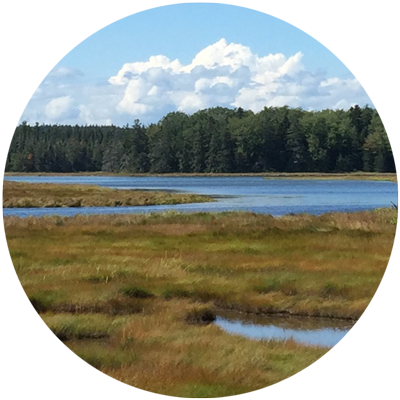Home > Climate News >
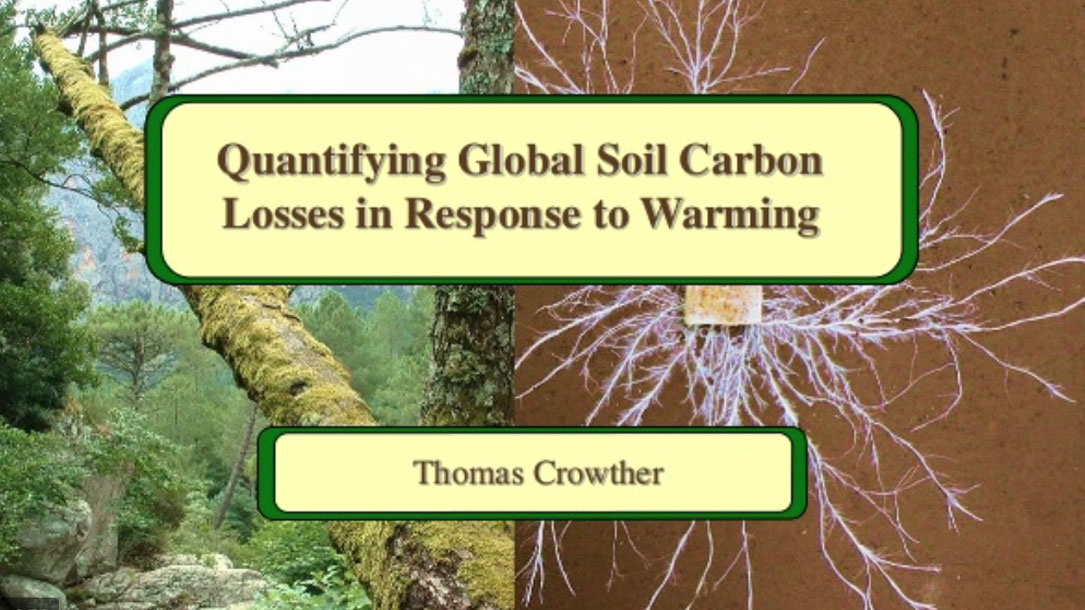
Quantifying global soil carbon losses in response to warming
“The majority of the Earth’s terrestrial carbon is stored in the soil. If anthropogenic warming stimulates the loss of this carbon to the atmosphere, it could drive further planetary warming. Despite evidence that warming enhances carbon fluxes to and from the soil, the net global balance between these responses remains uncertain. Here we present a comprehensive analysis of warming-induced changes in soil carbon stocks by assembling data from 49 field experiments located across North America, Europe and Asia. We find that the effects of warming are contingent on the size of the initial soil carbon stock, with considerable losses occurring in high-latitude areas…”
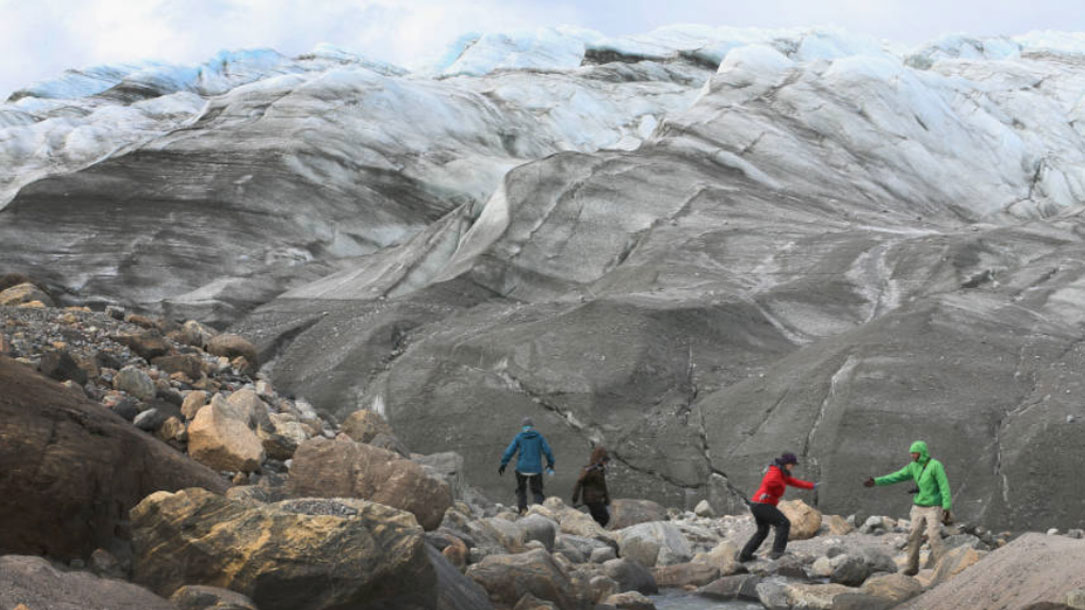
What’s Eating Away at the Greenland Ice Sheet?
“In the high-stakes race against sea level rise, understanding what’s causing the Greenland Ice Sheet to melt is critical. The problem isn’t just rising temperatures: soot from ships, wildfires and distant power plants, as well as dust and a living carpet of microbes on the surface of the ice, are all speeding up the melting.
Right now, predictions for sea level rise range from about 1 to 10 feet by 2100—a wide difference for coastal communities trying to plan seawalls and other protective measures…”

Global warming pushes microbes into damaging climate feedback loops
“[G]lobal warming is supercharging some microbial cycles on a scale big enough to trigger damaging climate feedback loops, research is showing. Bacteria are feasting on more organic material and producing extra carbon dioxide as the planet warms. In the Arctic, a spreading carpet of algae is soaking up more of the sun’s summer rays, speeding melting of the ice.
Deadly pathogenic microbes are also spreading poleward and upward in elevation, killing people, cattle, and crops…
Research has shown that accelerated microbial activity in soils will significantly increase carbon emissions by 2050. In another study, global warming favors fungi that quickly break down dead wood and leaves and release CO2 to the atmosphere.
Other warning signs from the microbial world include spreading crop diseases that threaten food security, microbial parasites that threaten freshwater fish, as well as the fungal epidemic wiping out amphibians world wide…
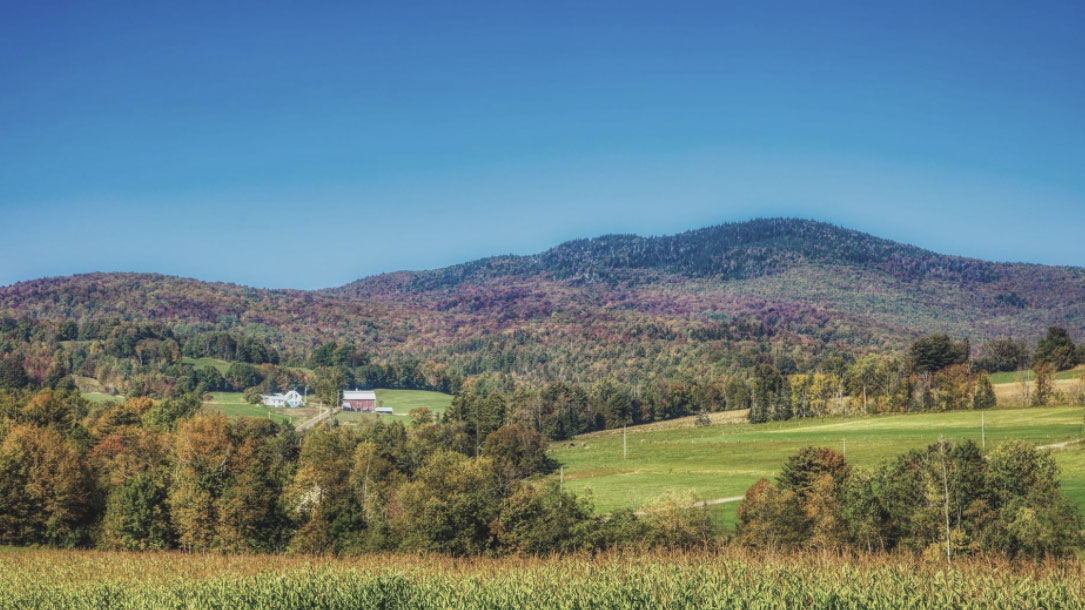
Older Forests Resist Change—Climate Change, That Is
Older forests in eastern North America are less vulnerable to climate change than younger forests—particularly for carbon storage, timber production, and biodiversity—new research from University of Vermont finds.
The study, to be published in Global Change Biology‘s June 12th edition, analyzes how climate change is expected to impact forests across the eastern United States and Canada. It finds that increased forest age reduces the climate sensitivity of forest carbon, timber, and biodiversity to projected increases in temperature and precipitation. In other words, increased age helps to safeguard forests from climate change.
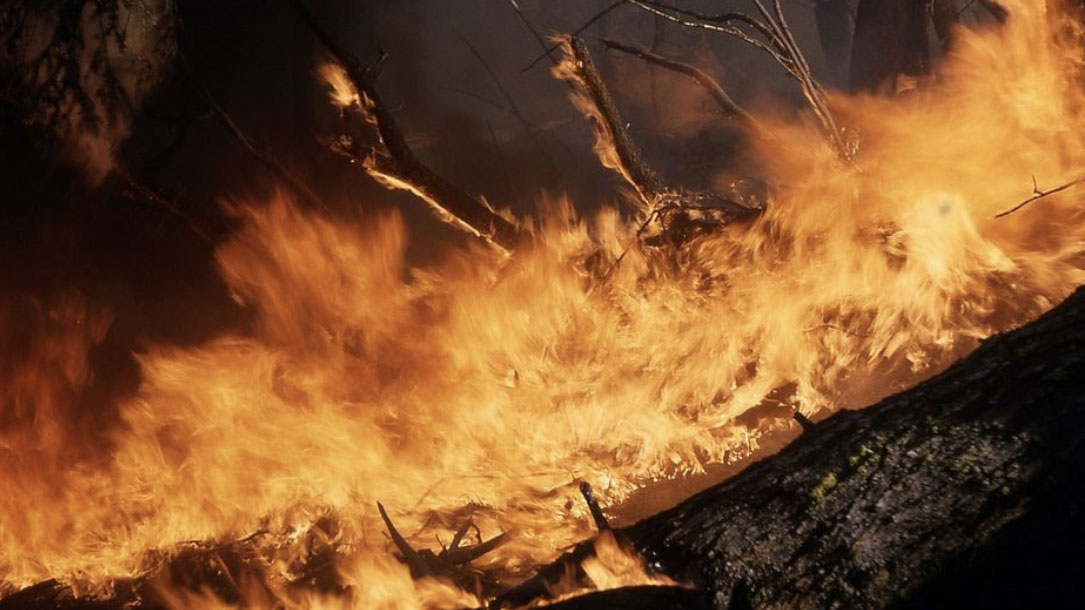
Western Rangelands Threatened by Intensifying Wildfires
Once rare, fires that are large, hot, and destructive are now common in the Great Basin—a 200,000-square mile region of mountains and valleys that includes all of Nevada and much of Utah, as well as parts of California, Idaho, and Oregon. But despite the rising fire risk, a general lack of attention is putting the rangeland in growing danger.
“The fire problem ‘risks permanent loss’ of the ecosystem,” explains Jolie Pollet, a fire ecologist and the Bureau of Land Management’s division chief for fire planning and fuels management.
“This is a genuine crisis,” she says. “And it demands greater urgency and attention than it is currently getting…”
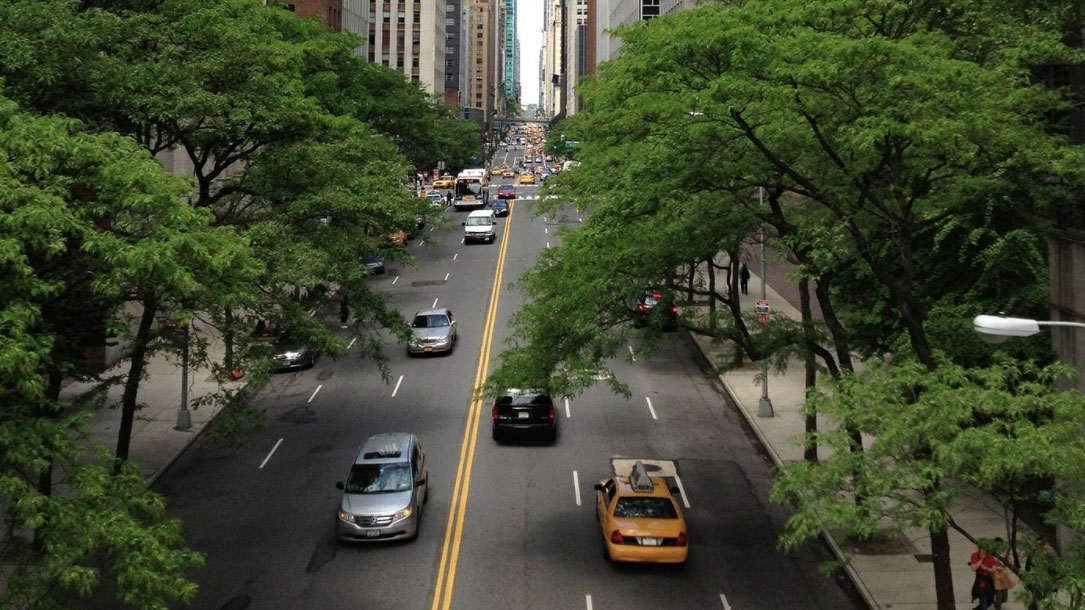
City Trees Can Offset Neighborhood Heat Islands
The concept of heat islands—densely built-up urban areas that are hotter than the rural and semi-rural landscapes around them—has been extensively studied and is widely accepted.
Now a new study takes a closer look at the urban heat island phenomenon and what can be done to mitigate it. According to ecologist Carly Ziter of Concordia University in Montreal and her colleagues at the University of Wisconsin-Madison, tree canopy cover in urban areas can dramatically reduce the temperature of the immediate environment—enough to make a significant difference even within a few city blocks…
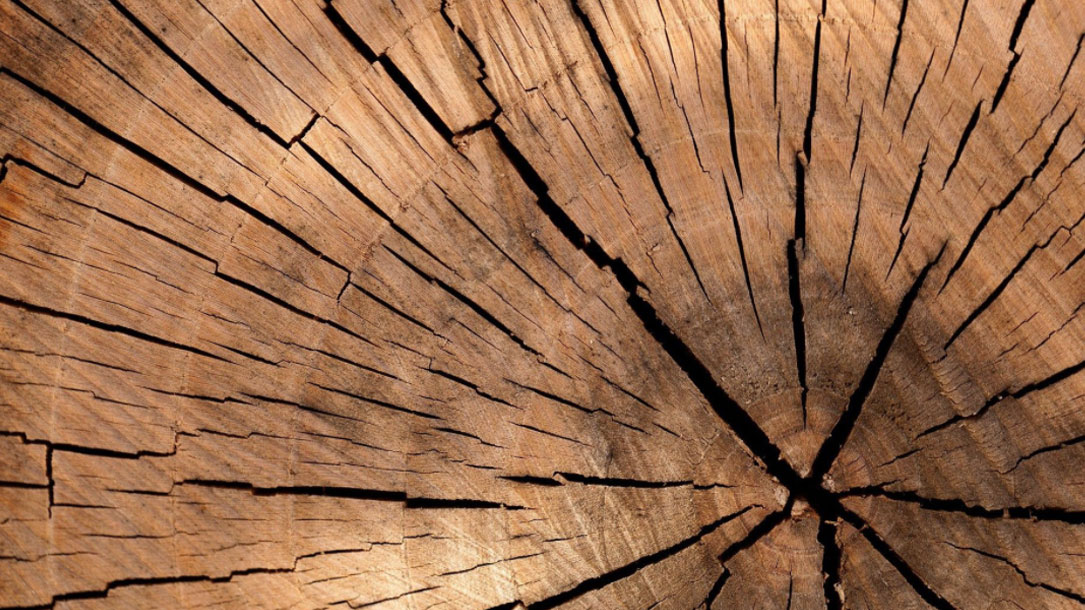
Chronicles of the Rings: What Trees Tell Us
Reading the climate stories trees tell will help with forecasting. “One of the big questions in the field is what’s going to happen to the jet stream,” said Dr. Trouet. “This data helps the modeling of climate change become more reliable.”
Trees, it seems, are giant organic recording devices that contain information about past climate, civilizations, ecosystems, and even galactic events, much of it many thousands of years old…
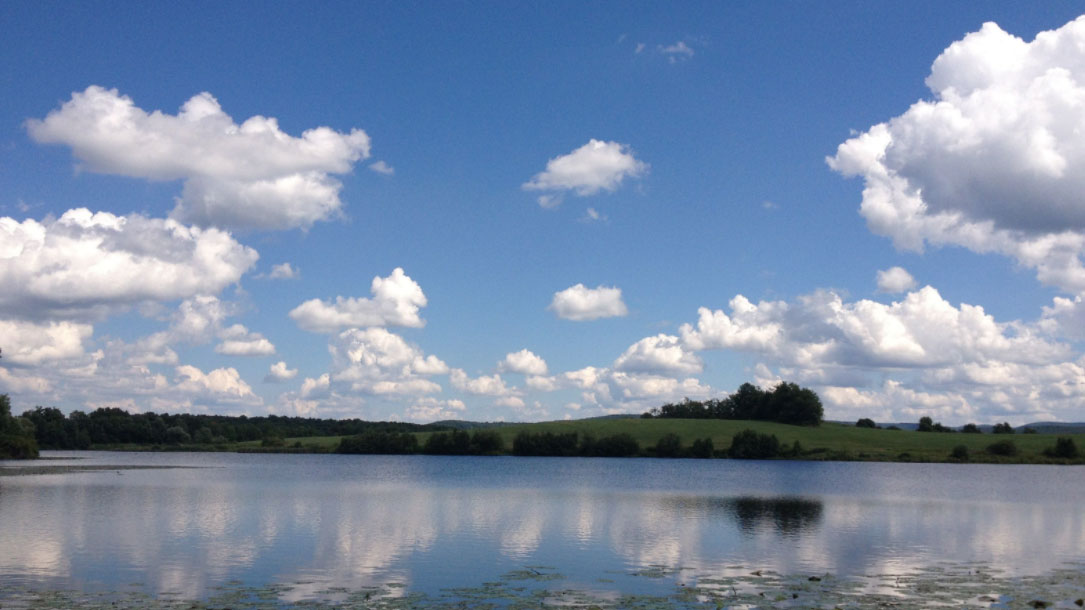
Taking steps to “walk the walk”: Peconic Land Trust makes changes
Peconic Land Trust’s (PLT) values and goals reflect their organization’s desire to protect their environment and appreciate the natural resources of Long Island, New York. Over the last several years, PLT has taken steps to minimize their carbon footprint by making their offices more efficient and by integrating “green principles” throughout the organization.
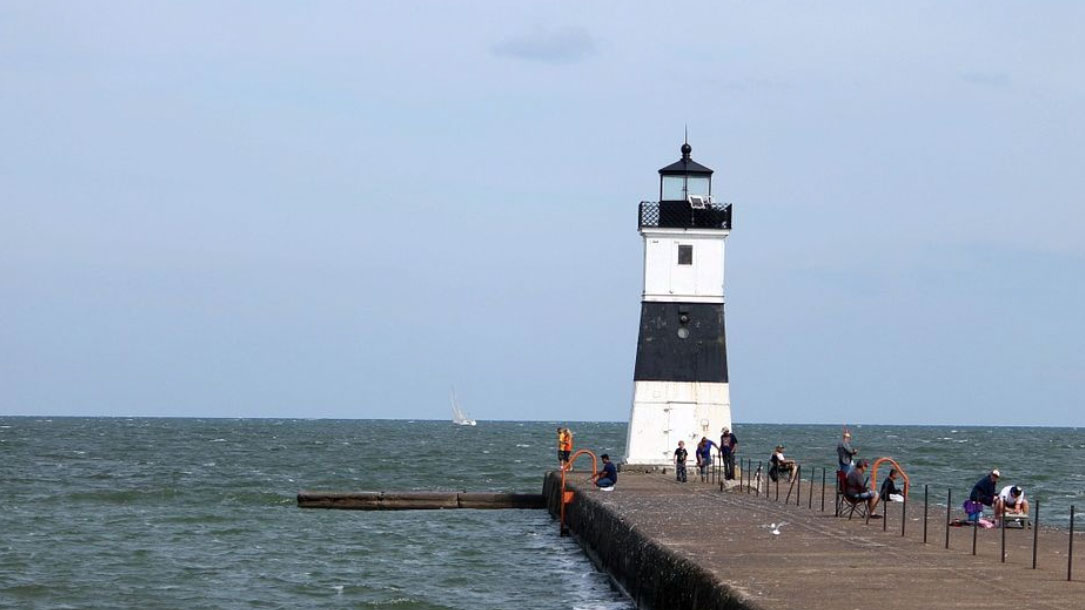
Climate change will have profound effects on the Great Lakes region
A new report commissioned by the Environmental Law and Policy Center urges Great Lakes states to mitigate and prepare for the “profound” effects of climate change.
The report, authored by more than a dozen Midwest and Canadian researchers, says Great Lakes states will see more very hot days, increases in heavy rainfall and flooding, declines in crop yields, and threats to drinking water…
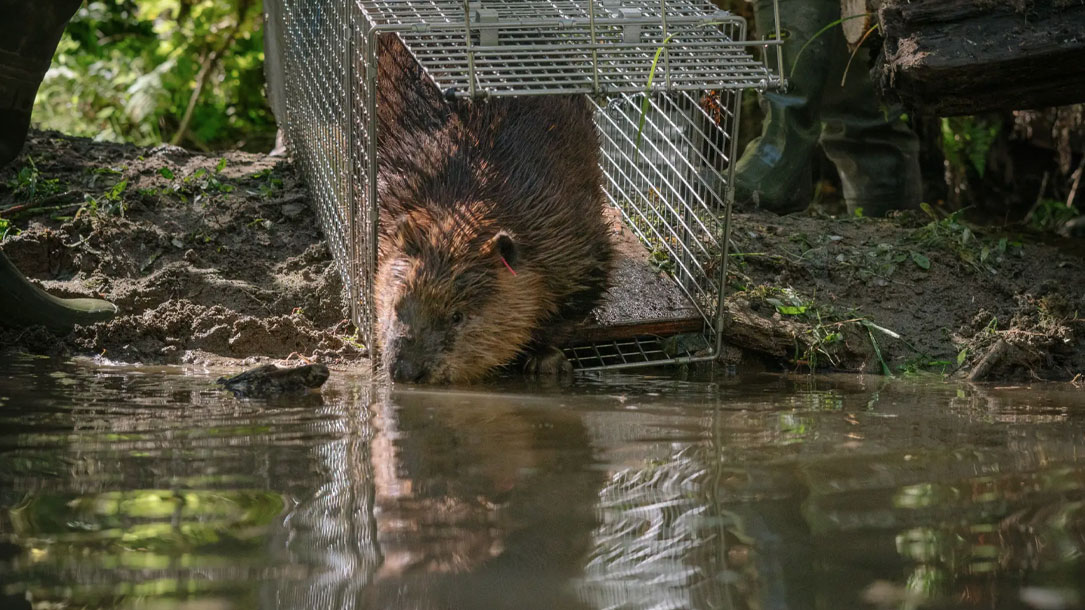
An indigenous tribe in Washington is strategically placing beavers around to help salmon
The sentiment that Castor canadensis is little more than a tree-felling, water-stealing, property-flooding pest is a common one. In 2017, trappers in Washington State killed 1,700 “nuisance” beavers, nearly 20 times more than were relocated alive. In neighboring Oregon, the herbivorous rodents are classified as predators, logic and biology notwithstanding. California considers them a “detrimental species.” Last year alone, the U.S. Department of Agriculture eliminated more than 23,000 conflict-causing beavers nationwide.
Running countercurrent to this carnage is another trend: the rise of the Beaver Believer. Across North America, many scientists and land managers are discovering that, far from being forces of destruction, beavers can serve as agents of water conservation, habitat creation, and stream restoration…



